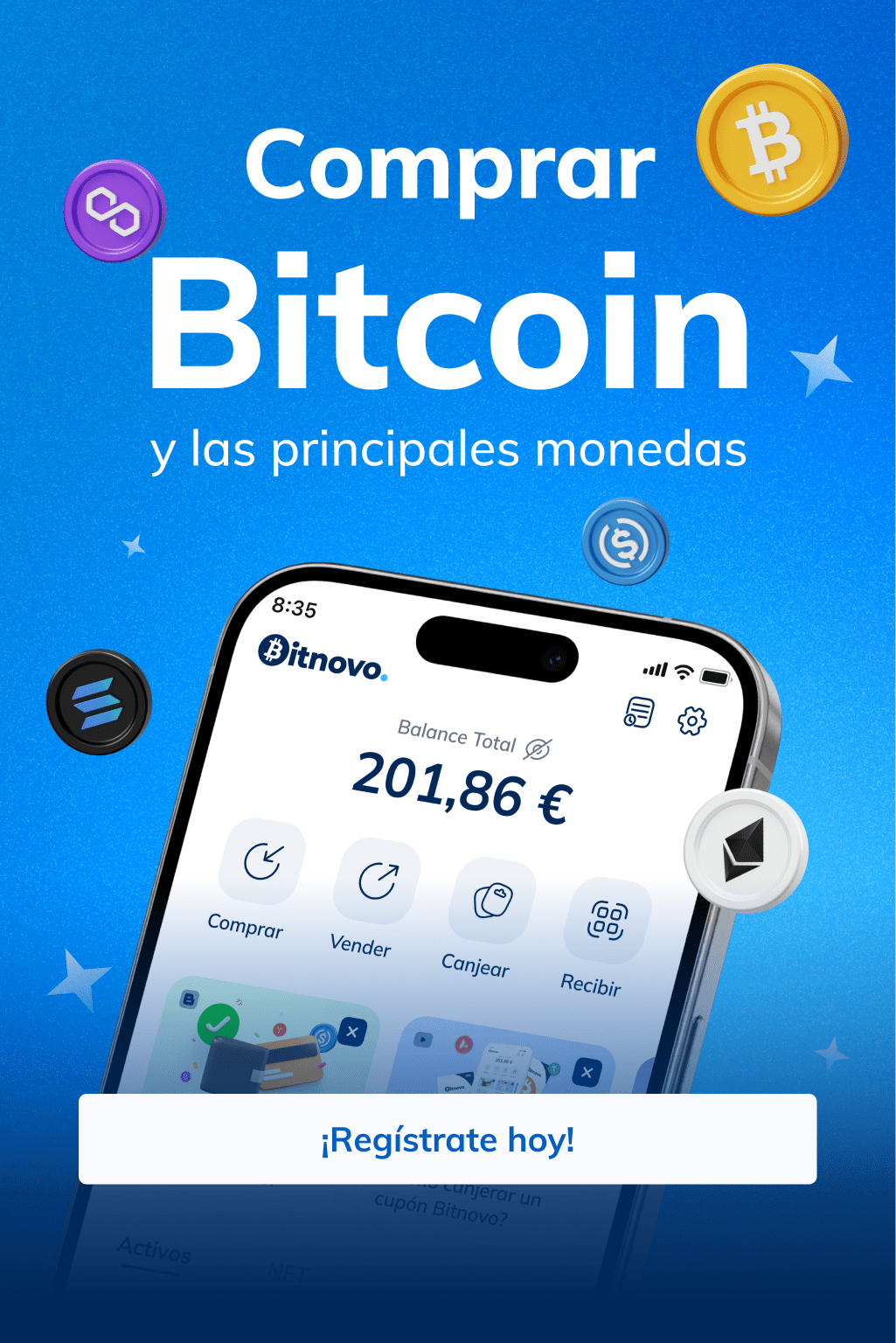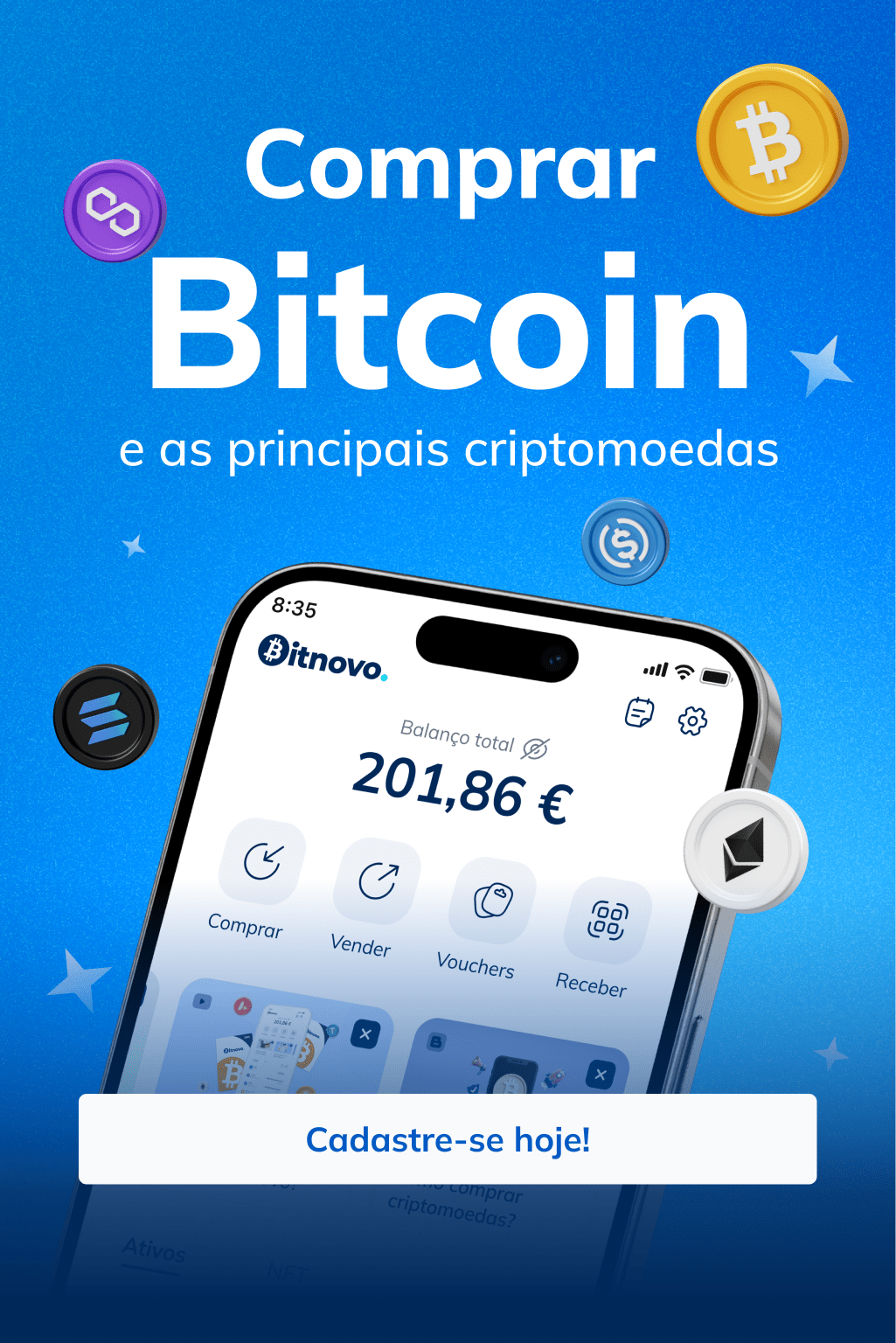How to mine Bitcoin in 2025 and gain control of your crypto
Last updated:
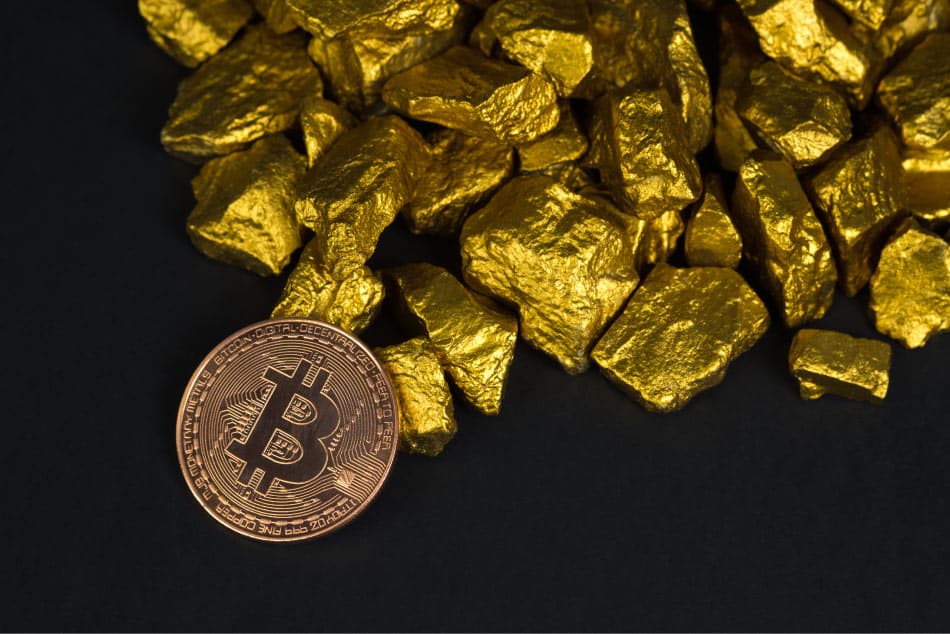
Table of Contents
ToggleThe word “mining” might make you think of helmets, pickaxes, and dark tunnels in search of gold, right? Although Bitcoin mining is not physical, it does have something in common with that classic image: it is a (virtual) effort to obtain valuable rewards. But you don’t get dirty nor do you need to dig, the only thing you need is a computer and a lot, a lot of computing power.
So that you understand it in an easy and enjoyable way, Bitcoin mining is the process of verifying and adding new transactions to the blockchain. Imagine it as a digital, public, and decentralized accounting ledger, where all Bitcoin transactions are recorded. The “miners” compete to be the first to solve a complex mathematical problem in order to add a new block of transactions to the blockchain.

What is Bitcoin mining and why does it matter?
Bitcoin mining is a process that validates Bitcoin transactions and puts new BTC into circulation. Really, it helps incentivize miners to propose and verify new transactions on the Bitcoin blockchain. Also, to protect the Bitcoin blockchain from attacks and to manage the creation and flow of the new units of the bitcoin cryptocurrency that enter the market for the first time.
Similarly to the physical extraction of precious metals like gold, bitcoin extraction requires specialized hardware, energy, and a bit of luck. In fact, Bitcoin miners compete amongst themselves using specially designed computer equipment.
The goal of each miner is to win a cryptography-based competition. The winner of each round receives the much-desired block reward in exchange for their efforts. They are also granted the right to propose a new block of pending transaction data that will be added to the blockchain.
Why is Bitcoin mining necessary?
Before going deeper, it is important to understand why bitcoins are mined in the first place. In the Bitcoin ecosystem, which is not controlled by a central entity, volunteers called miners use their computers to validate transactions.
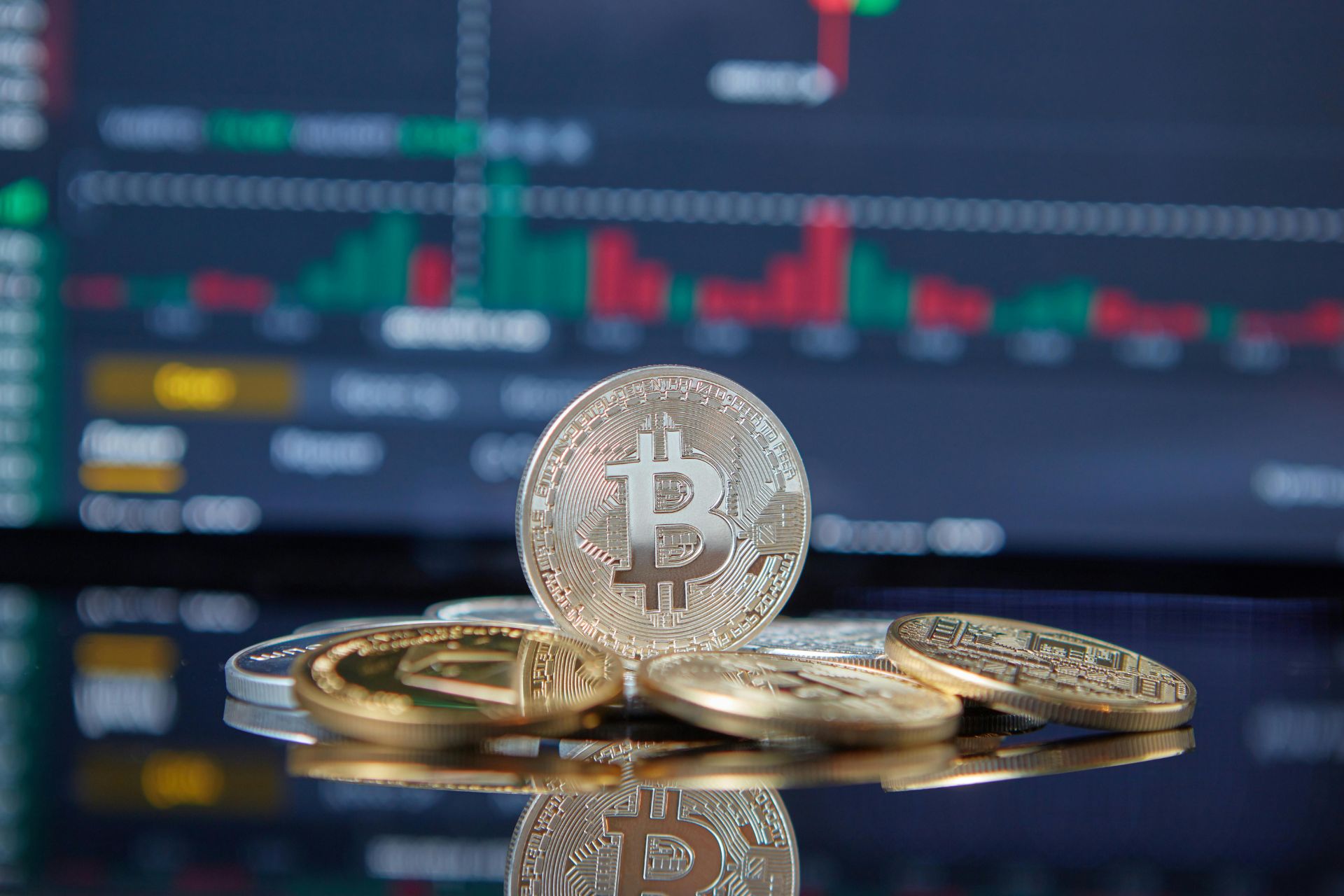
In exchange for this effort, the system rewards them with bitcoins, which not only incentivizes them to cooperate, but also protects the network by making it difficult for malicious actors to control it.
The rise of Bitcoin mining: Difficulty and security in record numbers
The most recent data shows a significant increase in the difficulty and computing power of the Bitcoin network, which reinforces its security.
- Mining Difficulty. In September 2025, the Bitcoin mining difficulty reached a new all-time high of 142.34 billion. This value, which adjusts to keep the block time at 10 minutes, indicates that an unprecedented amount of computational power is required to mine a single block.
- Computing Power (hashrate). The hashrate, the total network power, has surpassed one trillion hashes per second, reaching levels above 1.061 trillion hashes per second (TH/s)in the last days of September 2025. This represents an increase of almost 70% compared to the previous year.
Rewards and energy: How money is earned mining
Bitcoin mining rewards miners with new bitcoins and transaction fees for their work of validating transactions. However, this process has its challenges. The amount of bitcoins that can be mined is finite, with a limit of 21 million, and the block reward is halved every four years. The so-called Bitcoin halving is one of the most important events in the crypto calendar.
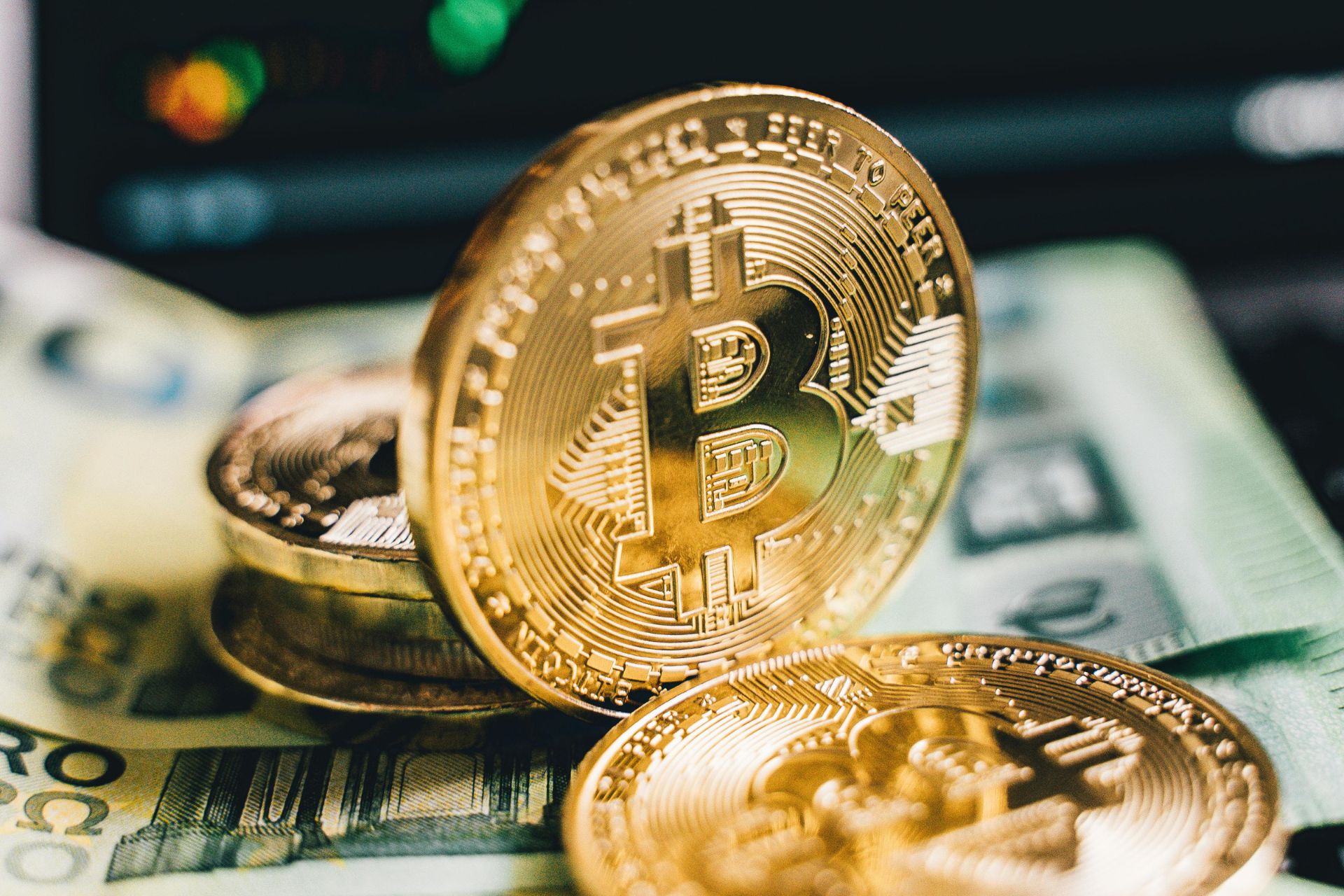
Nowadays, mining profitability is affected by the high cost of energy and the great competition from huge mining farms, which makes it difficult for individual miners to be profitable.
Necessary hardware to mine Bitcoin in 2025
In Bitcoin mining, ASICs are the protagonists. But what are they exactly and why are they so important? These machines are designed for a single task: mining cryptocurrencies like Bitcoin. Unlike conventional computers or graphics cards, which handle multiple tasks, ASICs focus exclusively on solving the crypto problems used in Bitcoin mining. This means they are much faster and more energy efficient.
There are numerous ASIC models on the market, with different performances and cooling systems. Choosing the right one depends on your budget, space, and energy costs.
- Antminer S19 Pro. It is a SHA-256 miner designed to provide efficiency and durability, it is ideal for large-scale mining operations.
- MicroBT M30s++. One of the latest additions to the list of miners. This Bitcoin miner covers a broader spectrum of possibilities. Known for prioritizing efficiency over power.
- Antminer T19. Equipped with a custom chip to ensure powerful and effective cryptocurrency mining operationsunder the SHA256 algorithm.

After selecting an ASIC mining machine, users must ensure it is correctly configured and maintained to function optimally. This may require a power supply, cooling methods, network connectivity, and many other aspects.
By the way, nowadays, mining with a PC is considered obsolete for Bitcoin due to the sharp increase in mining difficulty and the comparative inefficiency of home hardware versus specialized equipment.
Is it worth mining alone? Pool mining and Cloud Mining
For miners looking for niche or newly developed cryptocurrencies, solo mining can be quite profitable despite some risks. Paying attention to solo mining trends and potentially profitable coins for 2025 can help miners identify these opportunities.

However, solo mining is not without challenges. Solo miners have greater uncertainty when it comes to obtaining rewards without the combined computational capacity of a mining pool. Success depends entirely on the individual miner’s setup, which can result in long periods without returns. Secondly, solo miners have to pay for maintenance, electricity, and the total cost of the hardware. These expenses can add up quickly, especially with high-performance equipment, lengthening the payback period.
Tips for successful solo mining
- Focus on choosing cryptocurrencies with minimal network difficulty, stable rewards, or great development potential. Analyze market evolution and the technical knowledge of project teams to find sustainable solutions.
- Prioritize energy efficiency. To reduce electricity expenditure, choose energy-saving technology, such as high-performance ASIC miners, and consider renewable energy sources.
- Stay on top of trends in the cryptocurrency industry, such as solo mining developments and technological advancements in 2025.
- Proper hardware maintenance and management are essential: update firmware regularly to ensure optimal performance, monitor hash rates, temperatures, and power consumption, and troubleshoot any anomalies quickly.
- Consider mining multiple cryptocurrencies simultaneouslyor allocating part of your hash power to coins with more stable returns.
Why is a mining pool necessary?
On the other hand, pool mining (or mining pool) is a system where several miners combine their computing power (hashrate) to compete for block rewards. Think of it as a work team: instead of each person trying to build a house alone, everyone collaborates and, upon finishing it, they split the profits.
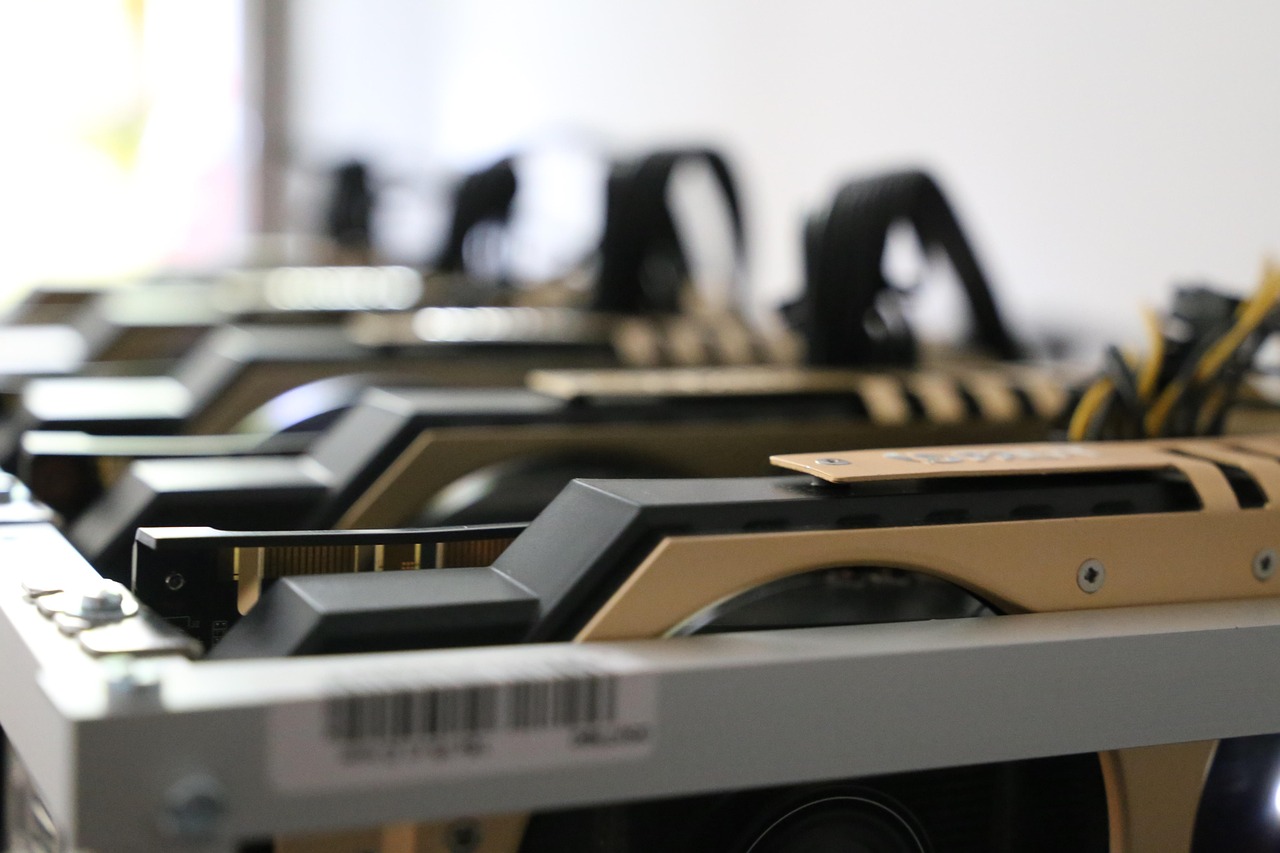
Cloud Mining: Mining without owning equipment
Another option for those who don’t want to invest in hardware or deal with electricity costs is cloud mining. With this method, you pay a company to rent a part of their computing power for a determined period. Basically, you are buying “mining power” without owning the equipment.
Profitability and profit calculation: When do you recover your investment?
The profitability of cryptocurrency mining depends on multiple factors that miners must carefully consider:
- Energy cost (kwh). Electricity consumption is one of the most imperative expenses in mining. In regions with high rates, profitability can be compromised.
- Bitcoin Price. Profitability is directly linked to the price of the cryptocurrency you mine.
- Breakeven Point (Breakeven). It is the exact moment when your mining income equals your total costs.
- Hardware choice. Equipment efficiency is crucial. Advanced ASIC devices offer high hash rates with optimized energy consumption.
- Regulations and environmental perspectives. The growing concern about the environmental impact of mininghas led to stricter regulations in several regions. Even public and governmental pressure to reduce the carbon footprint has incentivized the use of renewable energy sources in mining operations.
In the long run, the profitability of cryptocurrency mining is not uniform and depends on a combination of factors like those mentioned. Therefore, miners must perform detailed analysis and stay informed to make sound decisions in this dynamic environment.

Therefore, given the complexity and sensitivity of costs, it is essential that you use specialized tools before buying any equipment. So, we recommend that you use a mining profitability calculator like the one offered by WhatToMine.com.
These tools allow you to input, your hardware model and power, your electricity cost per kwh, your mining pool’s fee. With this data, the calculator estimates your daily or monthly profit and your investment payback time, giving you a transparent and realistic picture of your profitability potential.
Practical aspects to get started: Wallets and security
Security must be a priority when handling your mining earnings. The most recommended thing is to use wallets, as they offer robust protection against hacks and digital theft. Always make sure to choose a wallet compatible with recognized pools and exchanges, for example Bitnovo, that offers reliable support in case of any eventuality.

The fundamental rule is to use a non-custodial wallet, which means that only you control the private keys to your funds. This autonomy protects you: if you trust exchanges or custody services to hold your keys, you could lose everything if they are hacked or go bankrupt.
Alternatives to mining: Buying Bitcoin instead of mining?
You have seen that Bitcoin mining is a complex process that requires a high initial investment in equipment (ASICs), a constant energy cost, and the management of fierce competition. If your main goal is simply to own Bitcoin, there is a much more direct, fast, and economical route: buying it directly.
| Advantage of buying | Why is it better than mining? |
| It’s faster | Instead of waiting for the breakeven point of a mining operation, you can convert your local currency into Bitcoin in a matter of minutes |
| It’s more economical | You avoid the expense on costly hardware, the need to find cheap electricity, and the management of the technical infrastructure. |
| Instant profitability | You don’t have to worry about whether the increase in mining difficulty or the drop in Bitcoin’s price affects your ability to pay the electricity bill. Your investment focuses directly on the appreciation of the asset |
To conclude, if you don’t have access to extremely cheap energy or don’t wish to deal with the technical complexity of mining, buying Bitcoin on trusted platforms like Bitnovo is the solution. Get started in 3 minutes! Buy your first Bitcoin quickly and securely on trusted platforms.
